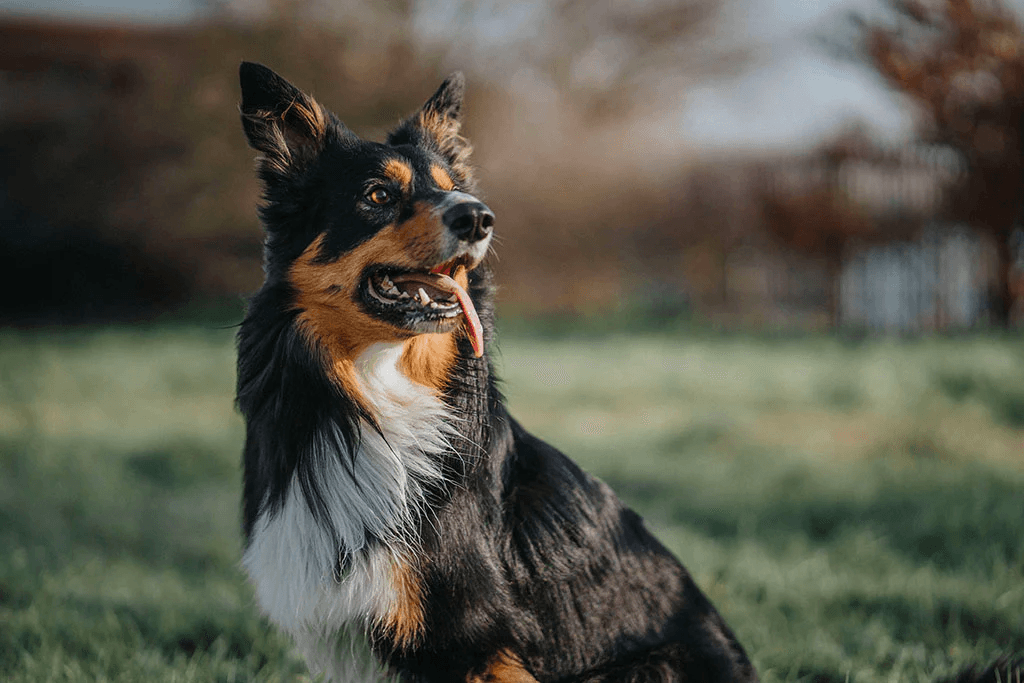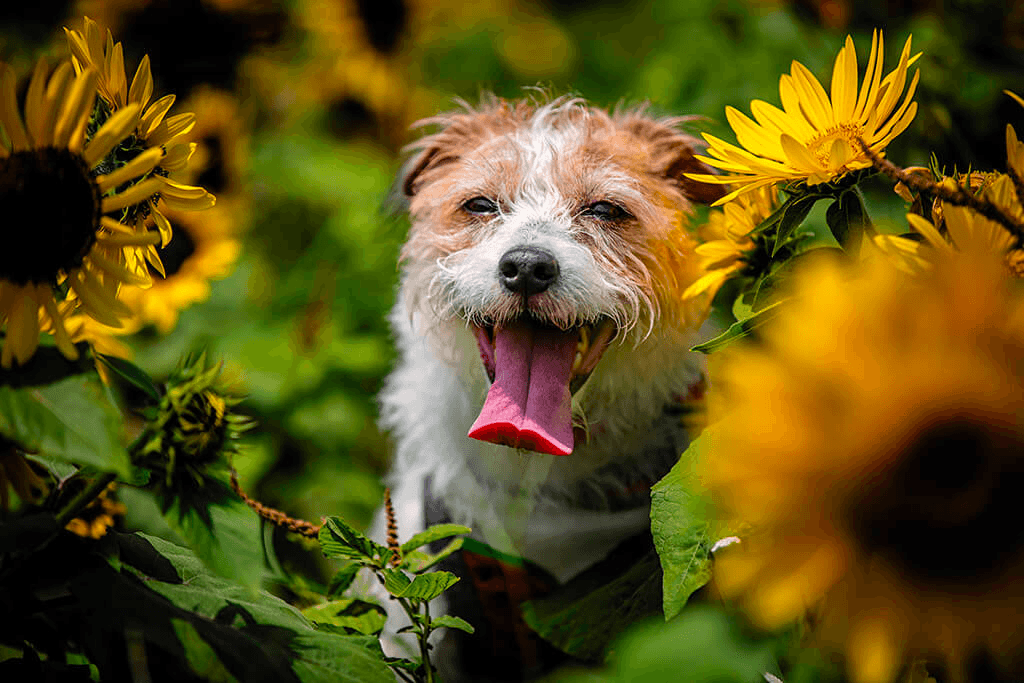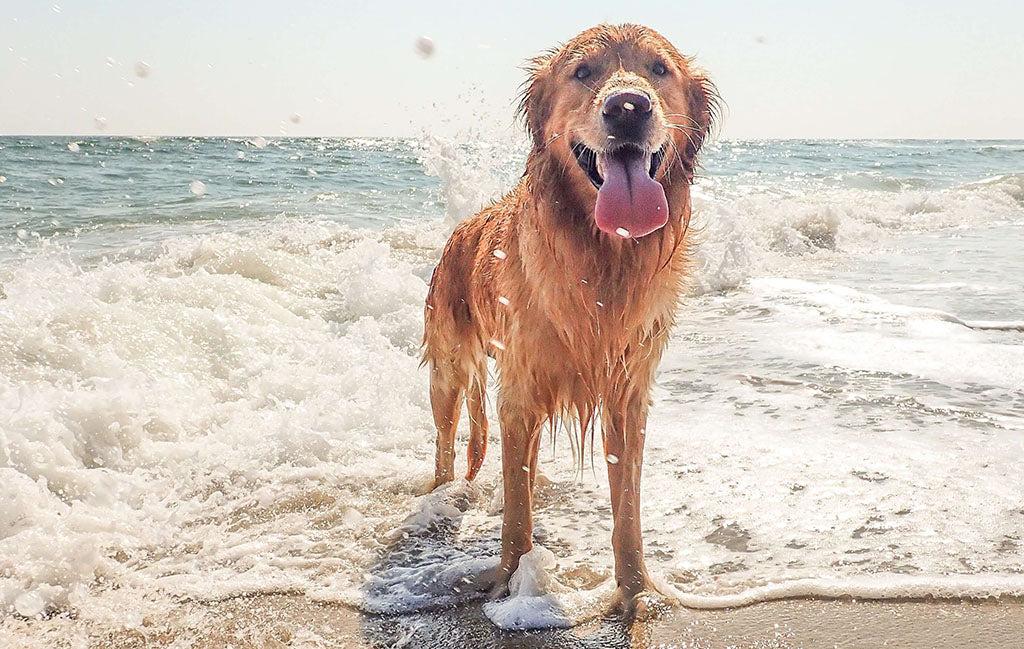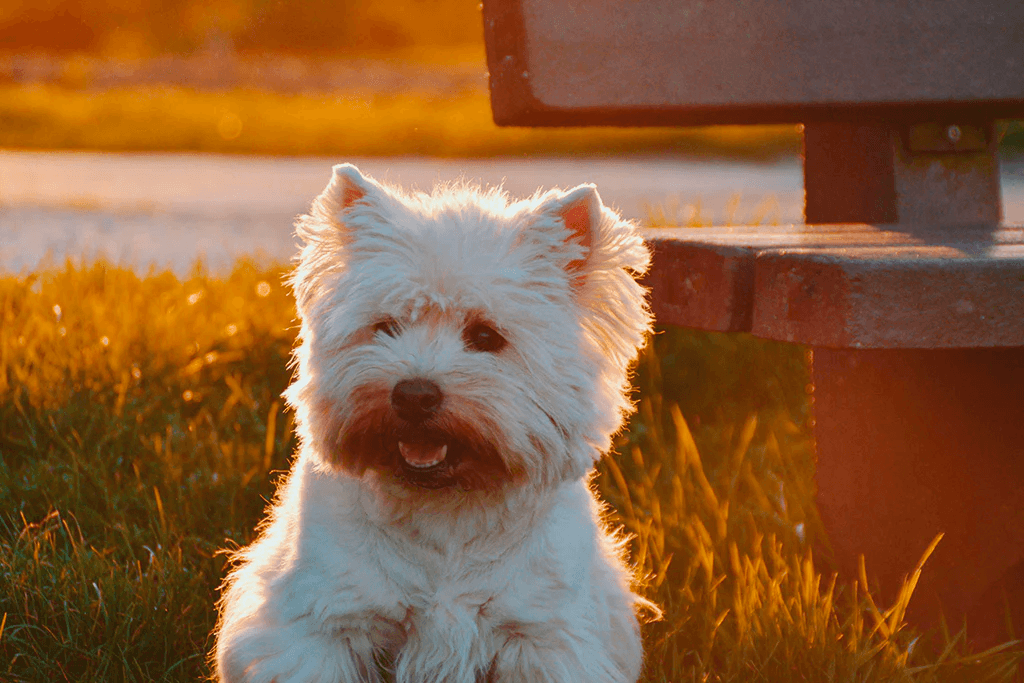When it comes to dog mouth cancer, actionable knowledge is power. If you find a lump or smell an unusual odor in your dog’s mouth, it’s important to book your pup in for a checkup with your veterinarian as soon as possible. Your vet will be able to assess whether your pup’s symptoms are due […]
Dog Mouth Cancer: Signs, Symptoms and Treatments

When it comes to dog mouth cancer, actionable knowledge is power. If you find a lump or smell an unusual odor in your dog’s mouth, it’s important to book your pup in for a checkup with your veterinarian as soon as possible. Your vet will be able to assess whether your pup’s symptoms are due to a dental infection, dentigerous cyst, foreign body or another factor.
While not all oral growths are cancerous, a fair number of them are, and early detection and treatment are critical. Please note that this information is for educational purposes and not a substitute for professional veterinary advice.
My Dog Has a Lump in Their Mouth – Could It Be Cancer?
Is the growth in your dog’s mouth an infection? Could it be cancer? What should you do? In this article, by expert Veterinarian Dr Sarah Wooten, pet parents will learn about the most common oral cancers in dogs, how these are diagnosed and staged, symptoms of dog mouth cancer, prognosis for the most common mouth cancers in dogs, and veterinary advice for what to do if you find a dog mouth tumor.
Table of Contents: Dog Mouth Cancer
- What Is Dog Mouth Cancer?
- Signs and Symptoms of Oral Tumors in Dogs
- Dog Mouth Cancer Life Expectancy and Prognosis
- My Dog’s Breath Smells Like Poop – Could It Be Cancer?
- What to Do If You Find a Lump in Your Dog’s Mouth
- What a Vet Says About Dog Mouth Cancer
- Conclusion: Dog Mouth Cancer – What To Do Next
- Additional Resources
What Is Dog Mouth Cancer?
Dog mouth cancer, also called oral cancer, is a general term for the uncontrolled growth of abnormal cells in a dog’s mouth. Abnormal cells grow and multiply, leading to the formation of tumors within the oral cavity. These tumors can be painful, cause difficulty eating, lead to bone and tooth loss, and cause terrible breath. Dog mouth cancer makes up about 6-7% of all reported canine cancers and, unfortunately, tends to be malignant rather than benign. Mouth cancer can affect the gums, inner cheeks, lips, tongue, and jaw bones. It can also result in tooth loss.
The most common dog mouth cancers are melanoma, squamous cell carcinoma, fibrosarcoma, and acanthomatous ameloblastoma.
- Melanoma is a tumor of pigmented cells (melanocytes). Melanoma is highly malignant, spreading to local tissues and other areas in the body (lymph nodes, lungs, bones, etc.) Melanoma is typically found on the gums and inner cheeks.
- Squamous cell carcinoma (SCC) is a malignant tumor of gingival cells. It spreads rapidly, invades local tissue, and spreads to the rest of the body. More common in large and giant breed dogs. The most common location for SCC is the front of the lower jaw.
- Fibrosarcoma is a tumor of connective tissue and is typically malignant. Fibrosarcoma is typically found on the upper gums and roof of the mouth and is more common in large-breed dogs, especially Golden Retrievers.
- Acanthomatous ameloblastoma is considered the least malignant of the common mouth cancers in dogs. It arises from gingival cells, and while it doesn’t spread to the rest of the body, is still considered locally aggressive because it can invade nearby gums and bone. The most common location is the front of the lower jaw. Golden retrievers, cockers, and shelties appear to be predisposed.
In general, older dogs are at higher risk of mouth cancer than younger dogs. Oral hygiene can also play a role, as pet parents who regularly brush their dog’s teeth notice problems earlier, allowing for earlier treatment and improved prognosis.

Signs and Symptoms of Oral Tumors in Dogs
In general, any of the following could be a sign of mouth cancer:
- Lump or swelling in the mouth, on the tongue, or the lips
- Excessive drooling
- Bloody saliva
- Difficulty chewing or dropping food
- Very bad breath (often foul or “rotting” odor)
- Tooth loss and/or loose, wiggly teeth
- Facial swelling or deformity
- Prolapsed third eyelid
- Angry, red gums
- Swollen eye
- Head shy, doesn’t want to be touched on the head
- Weight loss
- Low energy
- Difficulty opening mouth
- Nasal discharge, bloody nose
- Swollen lymph node under jaw
Several of these symptoms can be signs of dental infections or other medical conditions. If you notice any of these in your dog, have them checked by a veterinarian as soon as possible to determine the problem and develop a resolution plan.

Dog Mouth Cancer – Life Expectancy and Prognosis
Prognosis for dog mouth cancer depends on several factors that include:
- Type and location of tumor
- Stage at diagnosis
- Whether the tumor can be removed surgically or not
- Overall health and age of the dog
The median survival times for dogs diagnosed with mouth cancer vary widely. The prognosis for dogs that do not receive treatment is poor. The following are prognoses with treatment:
- Melanoma: with complete surgical removal: Stage 1 > 18 months, Stage II and III: 5-12 months, Stage IV: less than 3 months. Survival with radiation therapy alone: 6-10 months.
- Squamous cell carcinoma: with complete surgical removal, median survival is 16-16 months, 34 months if surgery is combined with radiation treatment. Median survival for dogs treated with chemotherapy +/- surgery is greater than 18 months.
- Fibrosarcoma: with complete surgical removal: 9-24 months
- Acanthomatous ameloblastoma: with complete surgical removal, excellent prognosis with long survival time.
If your dog develops mouth cancer, your veterinarian will be your best resource on determining the prognosis and the best treatment for your dog. As with all cancers, the earlier mouth cancer is detected and treated, in general, the better the prognosis.
My Dog’s Breath Smells Like Poop – Could It Be Cancer?
Great question! If your dog’s breath smells like poop, yes, it could be cancer. Cancerous tumors are often associated with dead tissue, which can produce foul, feces-like breath. If your dog’s breath smells like poop it doesn’t definitively mean they have cancer. Other medical conditions, including periodontal disease, organ failure, tooth root abscesses, nasal disease, and severe gastrointestinal disease, can produce eye-watering, foul breath in dogs. And while these conditions aren’t cancer, they are still serious. If you notice that your dog has persistent foul breath, get them checked by a veterinarian as soon as possible.
What to Do If You Find a Lump in Your Dog’s Mouth
What do you do if you find a tumor in your dog’s mouth?
First of all, don’t panic. Breathe and stay calm: your dog can sense your emotions, and if you panic, you might also freak out your dog. Instead, here is what to do:
- Calmly examine the growth under good lighting by gently lifting your dog’s lip. Never stick your fingers in your dog’s mouth or force them to open their jaw: it may be painful, and you are putting yourself at risk of a bite. If your dog won’t let you look at it, don’t force it.
- If you can visualize the mass, take a photo with your phone.
- Call your veterinarian and have your dog seen the next day or as soon as possible. Mouth cancer isn’t a veterinary emergency, but it is an urgency.
- Do not attempt to administer care to your dog or try to remove the growth yourself, even if it is bleeding.
During the veterinary visit, your veterinarian will ask you questions about your dog’s health history and conduct a full physical examination. As dogs can’t open up and say ‘AH’, your vet will likely recommend that your dog be sedated or anesthetized for further testing, which will likely consist of a full examination of the oral cavity, dental or skull radiographs (x-rays), and biopsy of the tumor and local lymph node.
What your vet does next will depend on the size and location of the tumor: small, easily accessible tumors may be removed entirely and submitted for biopsy, if the tumor is larger or more challenging to access, then your vet will likely only biopsy a small piece of the tumor for analysis.
Further testing depends on the cancer type, location, and whether it has spread to other parts of the body. Additional testing may include imaging other parts of the body (typically the chest and abdomen) and blood work. This information will help your vet stage the cancer, which will then determine the course of treatment and long-term prognosis.
What a Vet Says About Dog Mouth Cancer
“Not every lump is cancer — but it’s important to act fast. The earlier we catch oral tumors, the better the outcome.”
– Dr. Jenna Morris, DVM, Veterinary Oncology Specialist
What Dr. Morris says is true: sometimes lumps in the mouth can be non-cancerous. Overgrowth of the gingiva, warts, canker sores, fibromas, swollen salivary glands, and swollen tonsils are all non-cancerous and can all cause a lump in the mouth. However, both cancerous and non-cancerous lumps in the mouth can look the same, which is why it is very important to always get any lumps checked by a veterinarian.
Conclusion: Dog Mouth Cancer – What To Do Next
If you’ve noticed a lump, unusual breath, or changes in eating habits, don’t wait. Early diagnosis gives your dog the best chance at recovery. Over time, cancerous growths in the mouth can spread to other parts of the body, erode the jawbone, and cause tooth loss. The sooner it is diagnosed and treated, the less time it has to grow and cause problems.
Additional Resources: Dog Mouth Cancer
- https://www.acvs.org/small-animal/oral-tumors/
- https://vsso.org/oral-tumors
- https://www.veterinary-practice.com/article/common-canine-oral-tumours
- https://www.vin.com/apputil/content/defaultadv1.aspx?id=3844005
Sources
Cray M, Selmic LE, Ruple A. Demographics of dogs and cats with oral tumors presenting to teaching hospitals: 1996-2017. J Vet Sci. 2020;21(5):e70. doi:10.4142/jvs.2020.21.e70
Liptak JM, Withrow S. Oral tumors. In: Kudnig ST, Séguin B, eds. Veterinary Surgical Oncology. Wiley-Blackwell; 2012:119-178.
[edited by] Larry Patrick Tilley, Francis W.K. Smith, Jr. Blackwell’s Five-Minute Veterinary Consult : Canine and Feline. 6th Edition. Ames, Iowa :Blackwell, 2016.
 S
S



